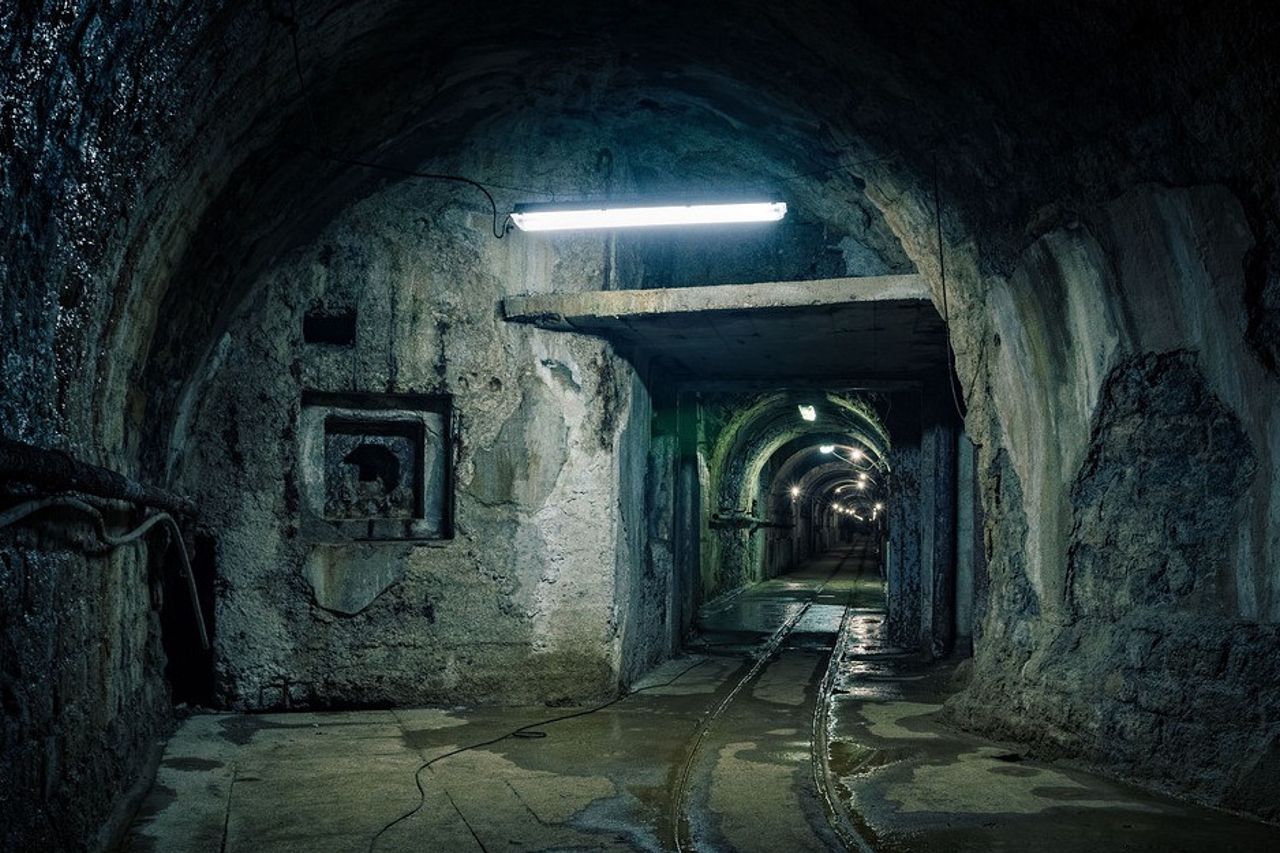Tunnel Revealed From Syrian Palace Tembus Military Post On Mount For Bombardir Rebels

JAKARTA - The regime of President Bashar Assad's administration was ousted by Syrian protesters on December 8, 2024. However, the military trail that was previously kept secret by the regime is now exposed.
One of them is a secret underground tunnel connected from the Presidential Palace to the slopes of Mount Qassyun, the location of the complex or military post of the Republican Guard or Syrian army of the Assad regime.
"We entered the large barracks of the Republican Guard following the release of Damascus which led Assad to flee to Moscow," said a military official from the militant group Hayat Tahrir Al-Sham (HTS) who dominated the defense alliance, Mohammad Abu Salim, quoted from AFP, Sunday, January 5.
"We found a wide network of tunnels leading to the presidential Palace, on neighboring hills," he continued.
During the Assad administration, the slopes of Mount Qashiun were prohibited from being approached by civilians.
Lereng became the ideal location for snipers. From Qasyun who faced Damascus, the presidential palace and other government buildings were seen.
From the slopes of the mountain, the Republican Guard artillery unit has for years attacked areas controlled by rebel militants in the area near Damascus.
An AFP correspondent entered the Republican Guard military complex. There, it consists of two bunkers containing wide rooms provided for the soldiers.
The bunkers are equipped with telecommunications equipment, electricity, ventilation systems, and a variety of weapons.
There are also other simpler tunnels excavated from the rock to store ammunition.
Despite having such complicated facilities, the Syrian army still collapsed defeated by rebel militants consisting of various alliances led by HTS boss Abu Mohammed al-Golani, or Ahmed al-Sharaa. Sharaa is now the leader of Syria's de facto.
When defeated by rebels in just two weeks from a northern attack on Damascus, Syrian army troops left tanks and other military equipment.
In the courtyard of the Republican Guard complex, the statue of the president Bassel Assad's brother who was on a horse, has been destroyed.
Bassel Assad, who died in a traffic accident in 1994, is actually considered his father's successor, Hafez Assad.
Hafez, who ran Syria's government Infantryly, was confidential and repressive in his death and passed the throne on to Bashar Assad in 2000.
The memories that were deemed bad made former rebel militant members use photos of Hafez and Bashar as targets for shooting drills at the Guard complex at this time.
Still at the Guard camp in Qasyun, tanks and heavy weapons appear parked under a curved rock like a garage canopy.
Not far away, there are large manageable barrels empty without explosives lined up on the ground.
"Rezim used these barrels to bomb civilians north of Syria," said Abu Salim.
In a Syrian civil war that began in 2011 and lasted for years, a barrel filled with explosives was dropped from a helicopter or airplane against a civilian area controlled by Assad's opponents. The effort came under fire by the United Nations.
